
Dr. Lenka Halámková
Texas Tech University, Lubbock, TX
Welcome to our lab where we combine cutting-edge analytical chemistry with machine learning to solve real-world problems in forensic science, environmental toxicology, and public health.
Research Focus
Our lab sits at the intersection of analytical chemistry, data science, and real-world applications. We develop innovative methods that combine vibrational spectroscopy with machine learning to tackle challenges in forensic science, toxicology, and public health.
🔍 Forensic Drug Detection
Developing rapid, non-destructive methods to detect fentanyl and other dangerous substances in biological samples using advanced spectroscopic techniques.
🧠 Machine Learning Applications
Applying neural networks, random forests, and other ML algorithms to extract meaningful patterns from complex spectroscopic data.
📊 High-Dimensional Data Analysis
Developing statistical methods to handle complex, high-dimensional datasets common in biological and environmental research.
🦌 Wildlife Disease Diagnostics
Creating innovative diagnostic tools for wildlife disease surveillance in wildlife populations using vibrational spectroscopy.
🧬 Enzyme Kinetics & Inhibition
Understanding molecular mechanisms of enzyme inhibition through combined spectroscopic and computational approaches.
🌿 Environmental Applications
Applying multivariate statistics to understand environmental toxicology and biological system responses.
Our recent work has shown that machine learning can achieve over 90% accuracy in detecting fentanyl from human nail samples - potentially revolutionizing workplace drug testing. We've also developed methods that can diagnose chronic wasting disease in wildlife with 100% accuracy at the animal level, offering new hope for wildlife conservation efforts.
Lab Members


Our lab provides a collaborative environment where students gain hands-on experience with cutting-edge analytical instruments and develop skills in both experimental design and computational data analysis. Students work on projects that directly impact public health and safety while contributing to the scientific literature.
Recent Publications
You can find complete publication list here: https://scholar.google.com/citations?user=KoHhK4QAAAAJ&hl=en.
Laboratory Equipment
DXR3™ Raman Microscope
Next-generation Thermo Fisher Scientific DXR3™ Raman Microscope for investigating chemical and molecular properties of materials. Features real-time preview, automated fluorescence correction, autoexposure, and cosmic ray rejection. Essential for analyzing evidence such as fibers, paints, drugs, and crime scene materials.
Thermo Scientific™ Nicolet™ iS20 FTIR Spectrometer
Advanced FTIR spectroscopy system for identifying organic, polymeric, and inorganic materials. Uses infrared light to observe chemical characteristics, creating molecular fingerprints unique to each sample. Critical for forensic analysis and material identification.
Our state-of-the-art equipment allows us to perform non-destructive analysis of a wide range of samples, from biological tissues to forensic evidence. The combination of Raman and FTIR spectroscopy provides complementary information about molecular structure and composition, enabling comprehensive characterization of complex samples.
Teaching
ENTX 6300
Advanced Topics in Environmental Toxicology: Applied Multivariate Statistics & Machine Learning
Advanced graduate course covering cutting-edge statistical methods and machine learning applications in environmental toxicology. Students learn to handle high-dimensional data and apply modern computational approaches to real-world problems.
ENTX 6100
Stats Lab
Practical application of statistical methods to environmental data. Covers experimental design, hypothesis testing, regression analysis, and data visualization techniques essential for environmental research.
I believe in hands-on learning where students work with real datasets and learn to apply statistical methods to solve actual research problems. My courses emphasize both theoretical understanding and practical skills, preparing students to use advanced analytical methods in their own research.
Mountain Adventures
When I'm not in the lab analyzing data, you'll find me exploring mountains or running long distances on trails, or riding a bike, or just hanging out somewhere outdoors.
The Ennstal Alps and Gesäuse National Park offer some of the most spectacular alpine hiking I've experienced.
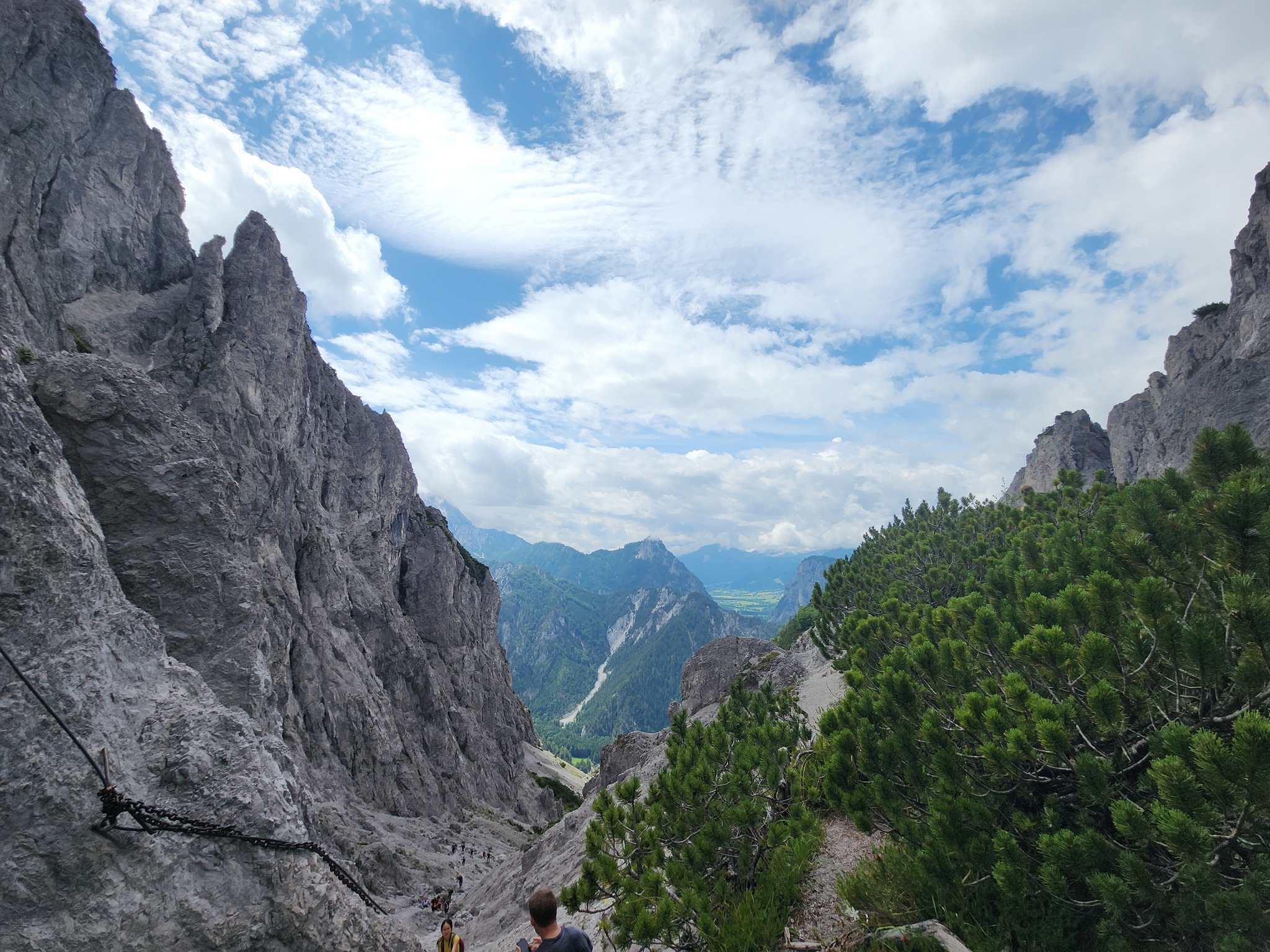

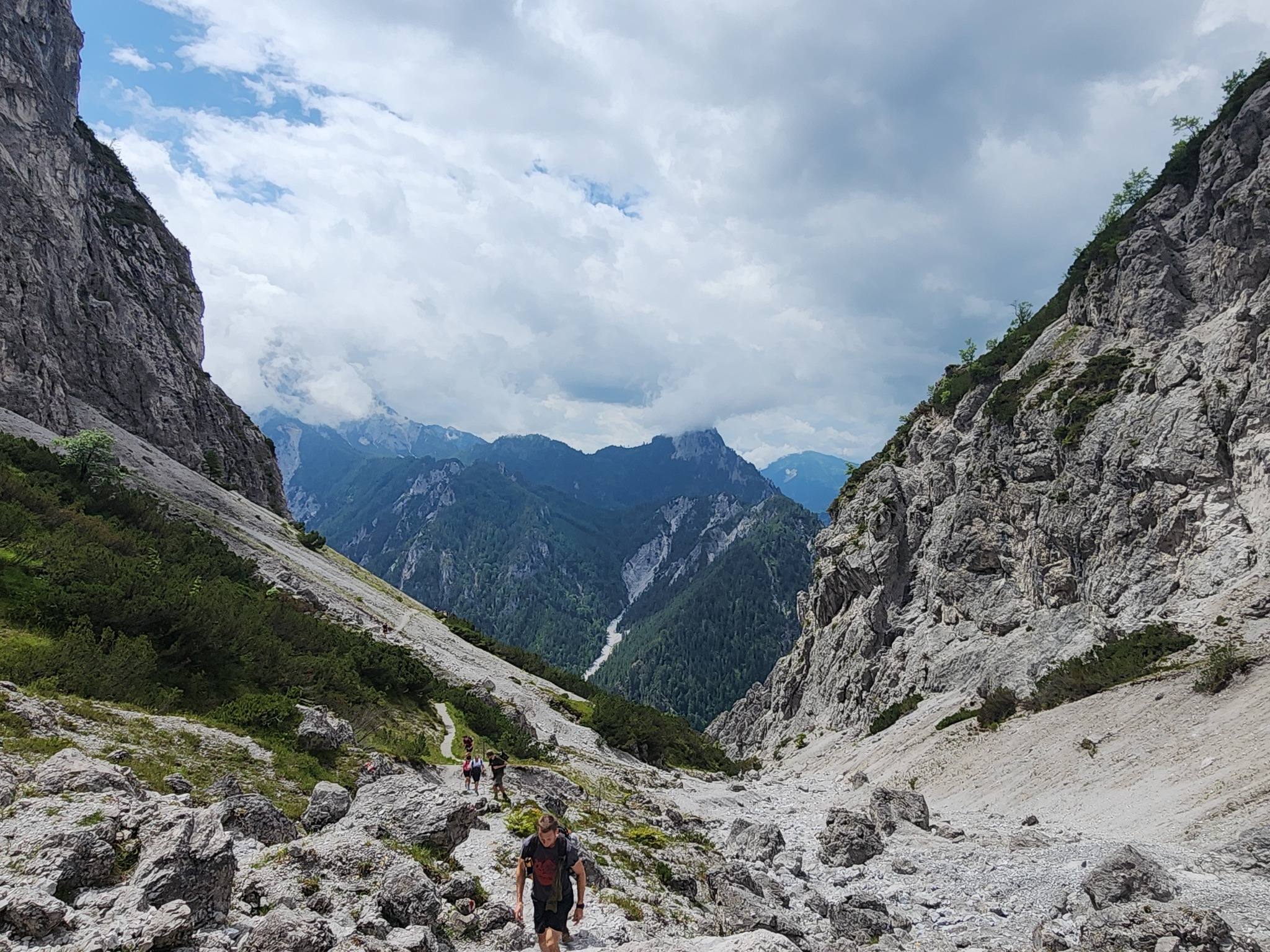
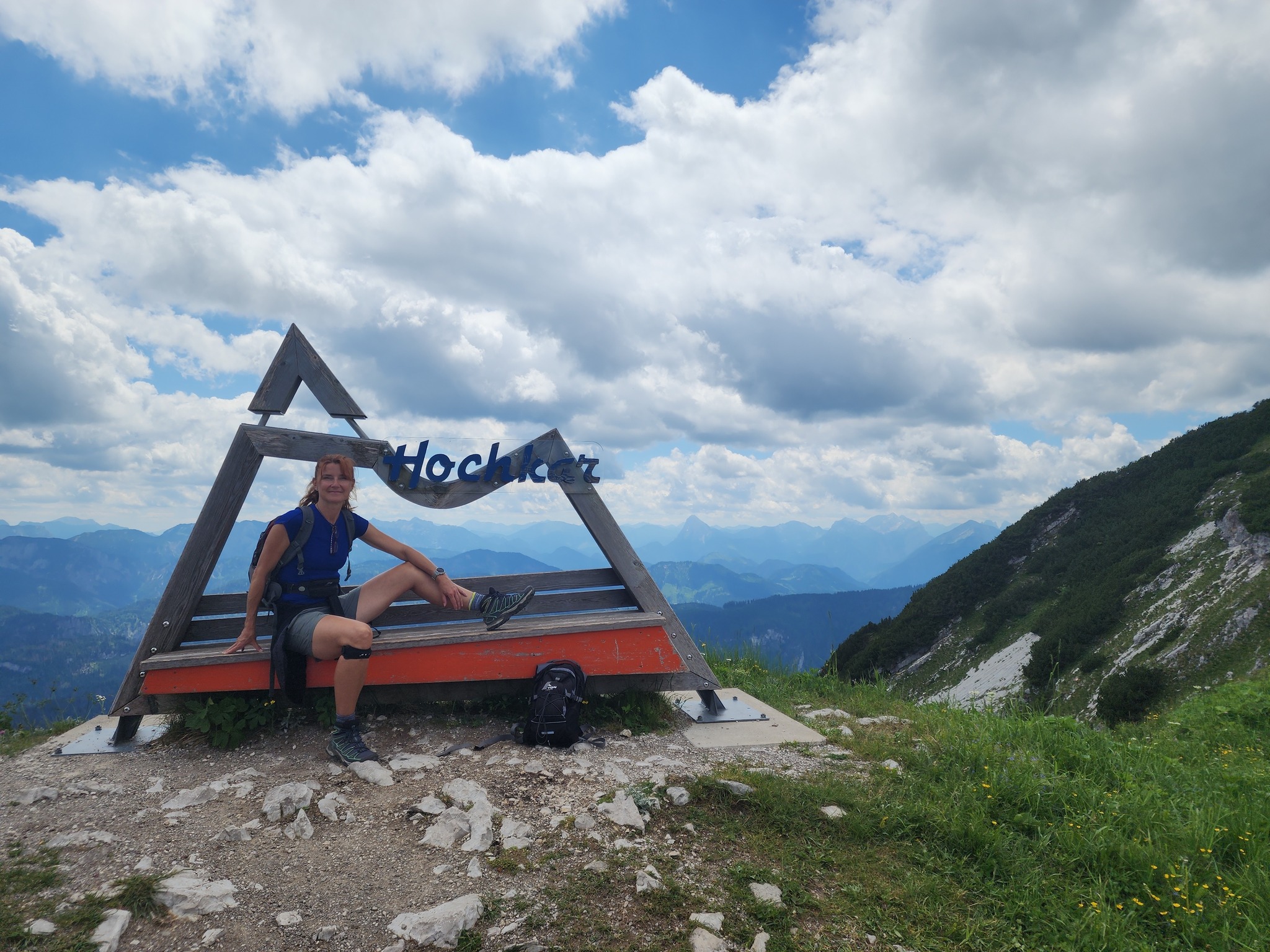
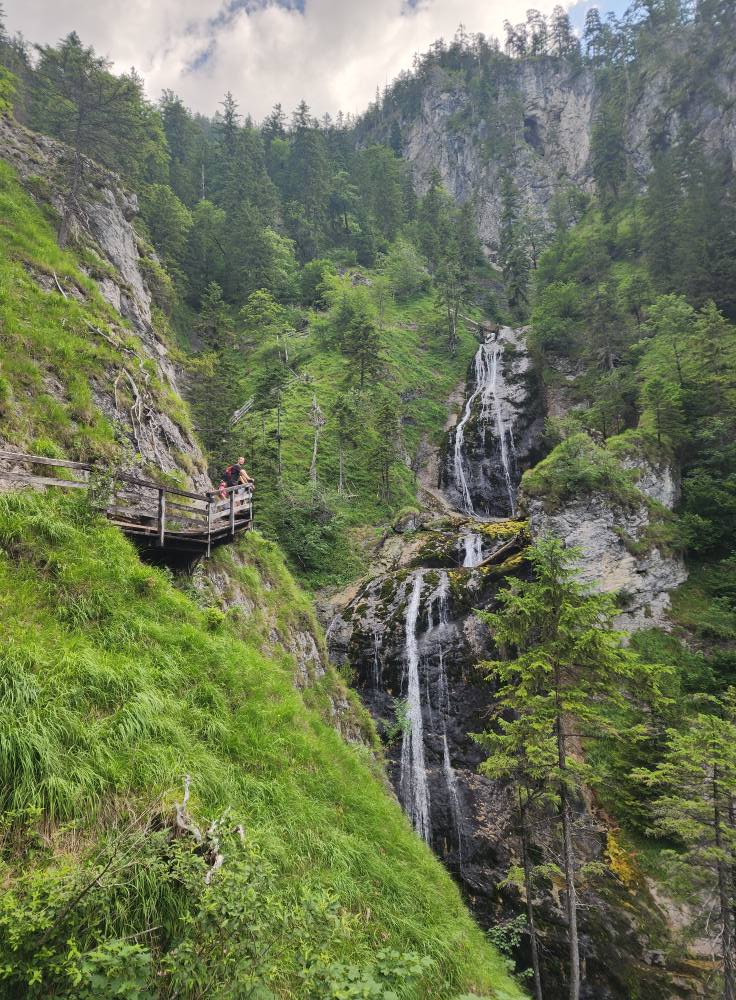
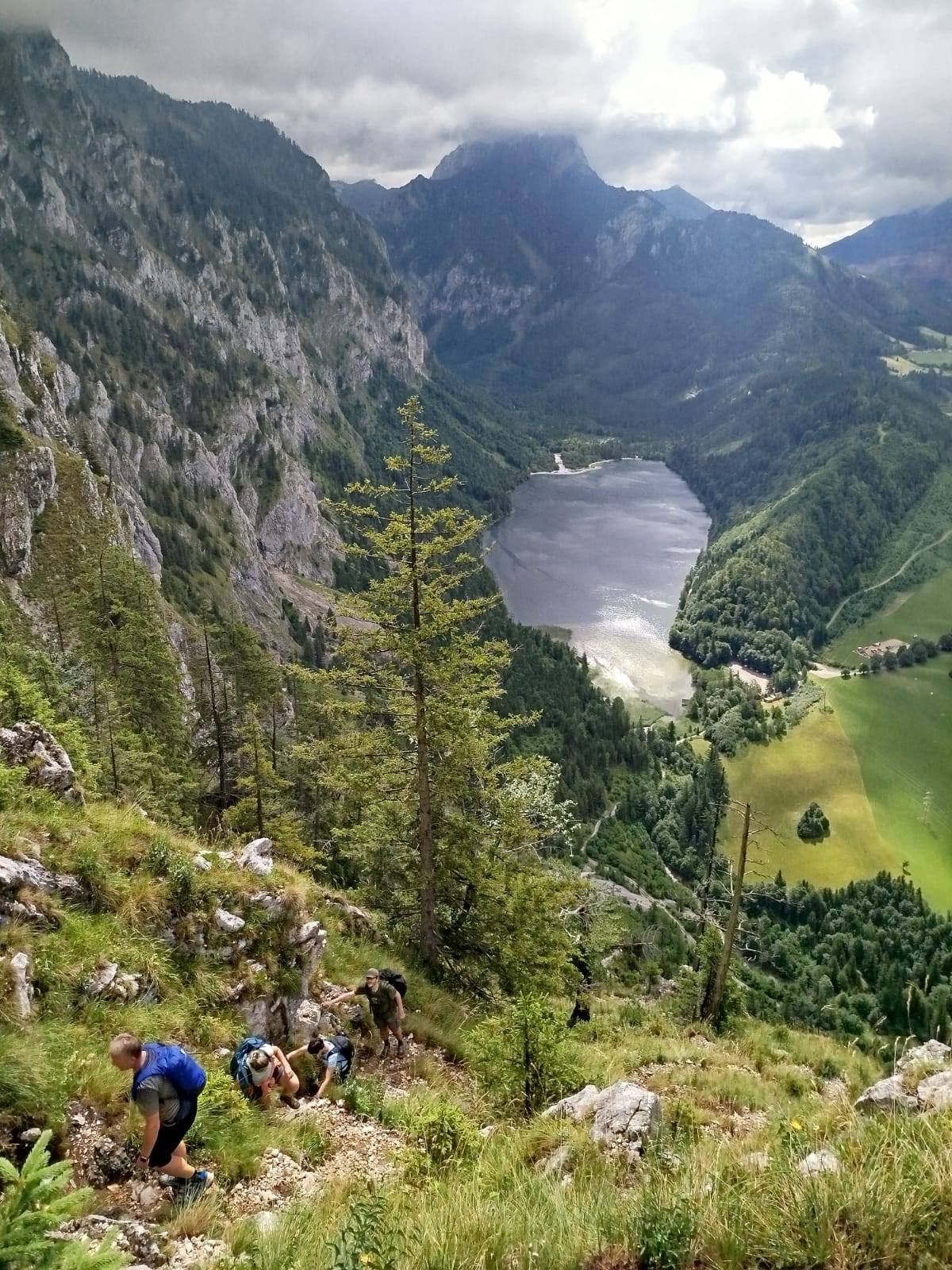

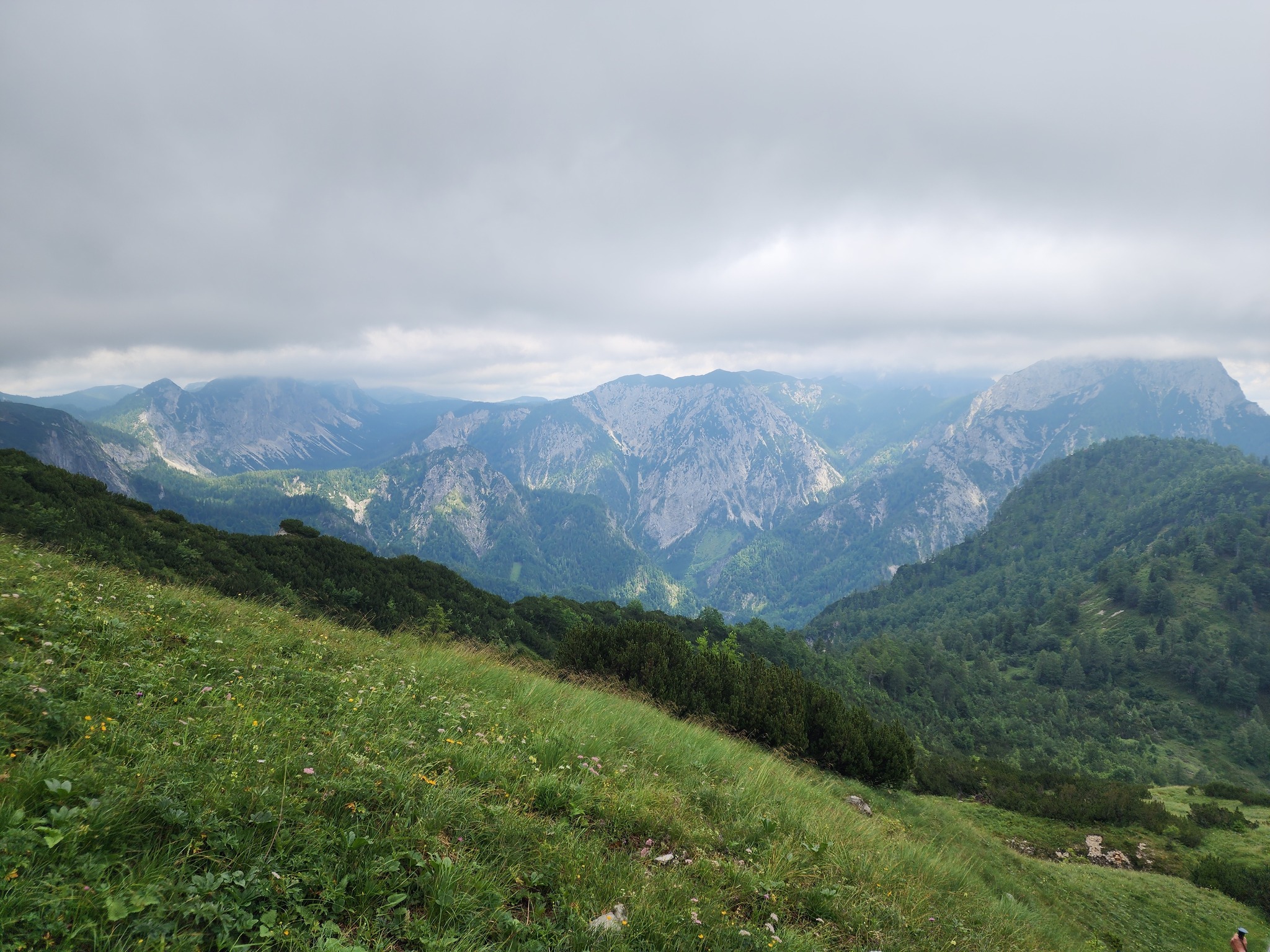
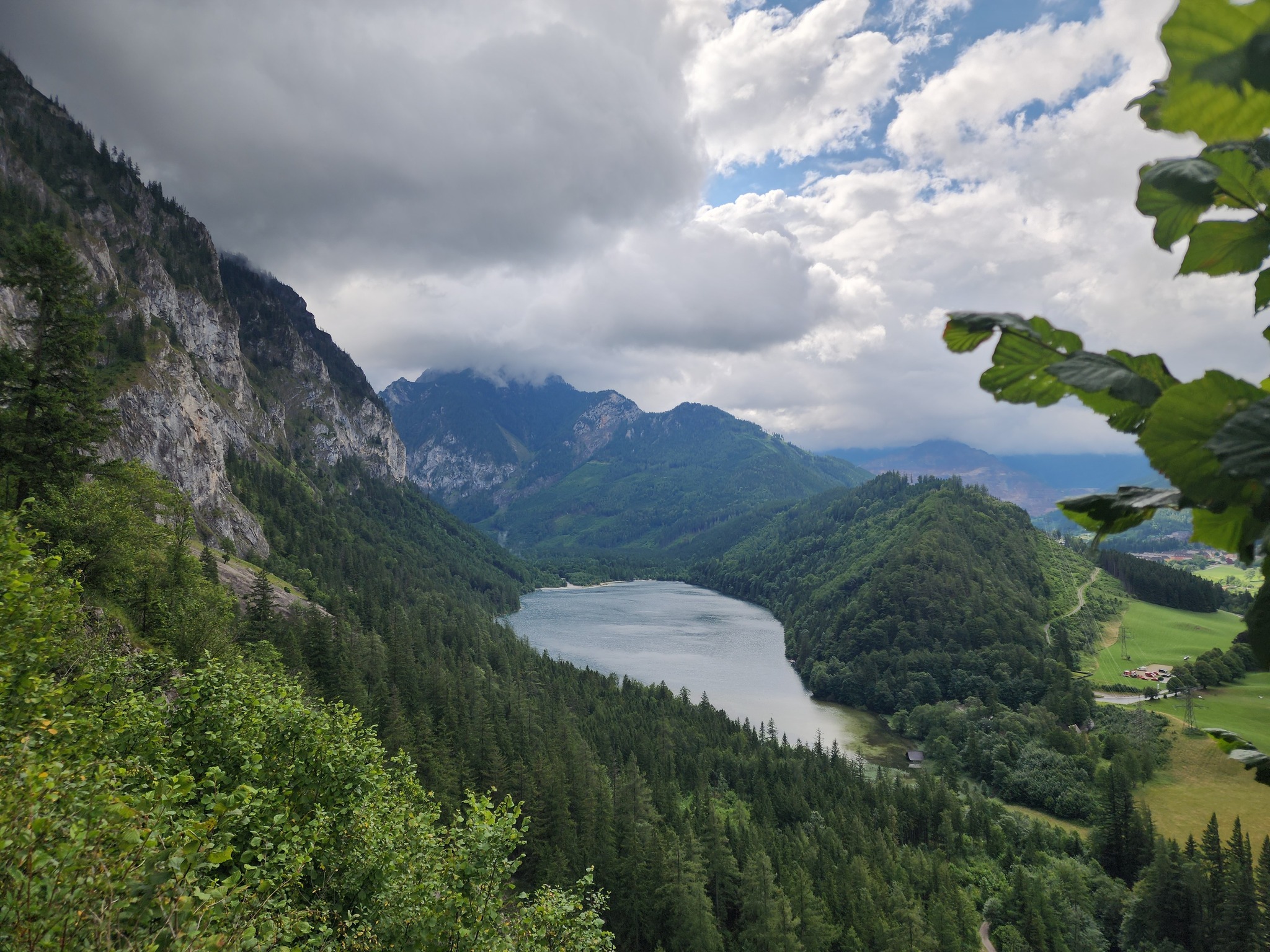
The Sandia Mountains via South Crest Trail and La Luz Trail.
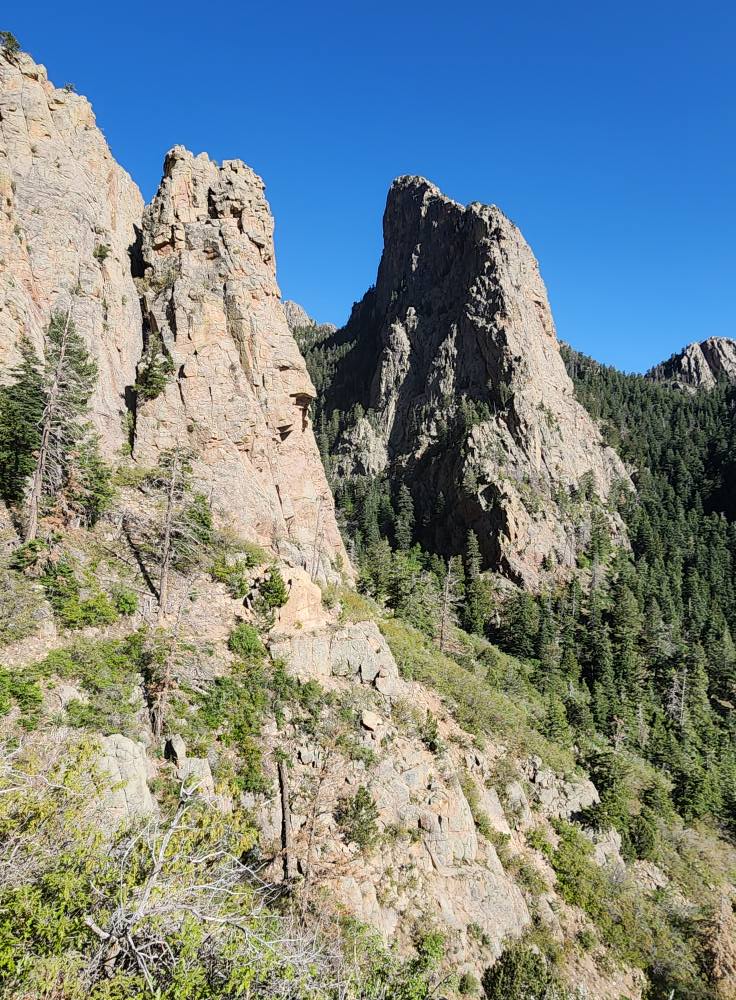

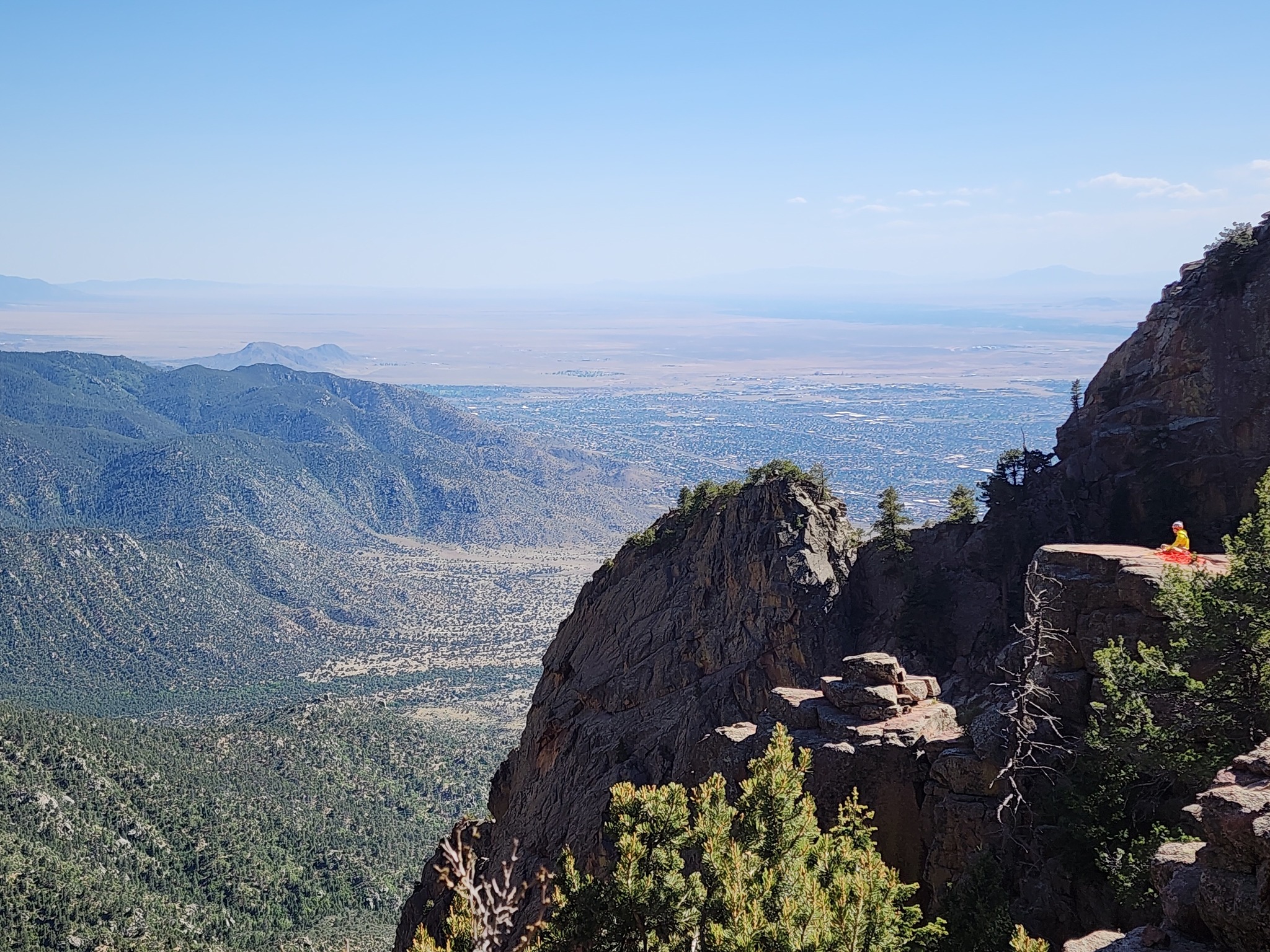
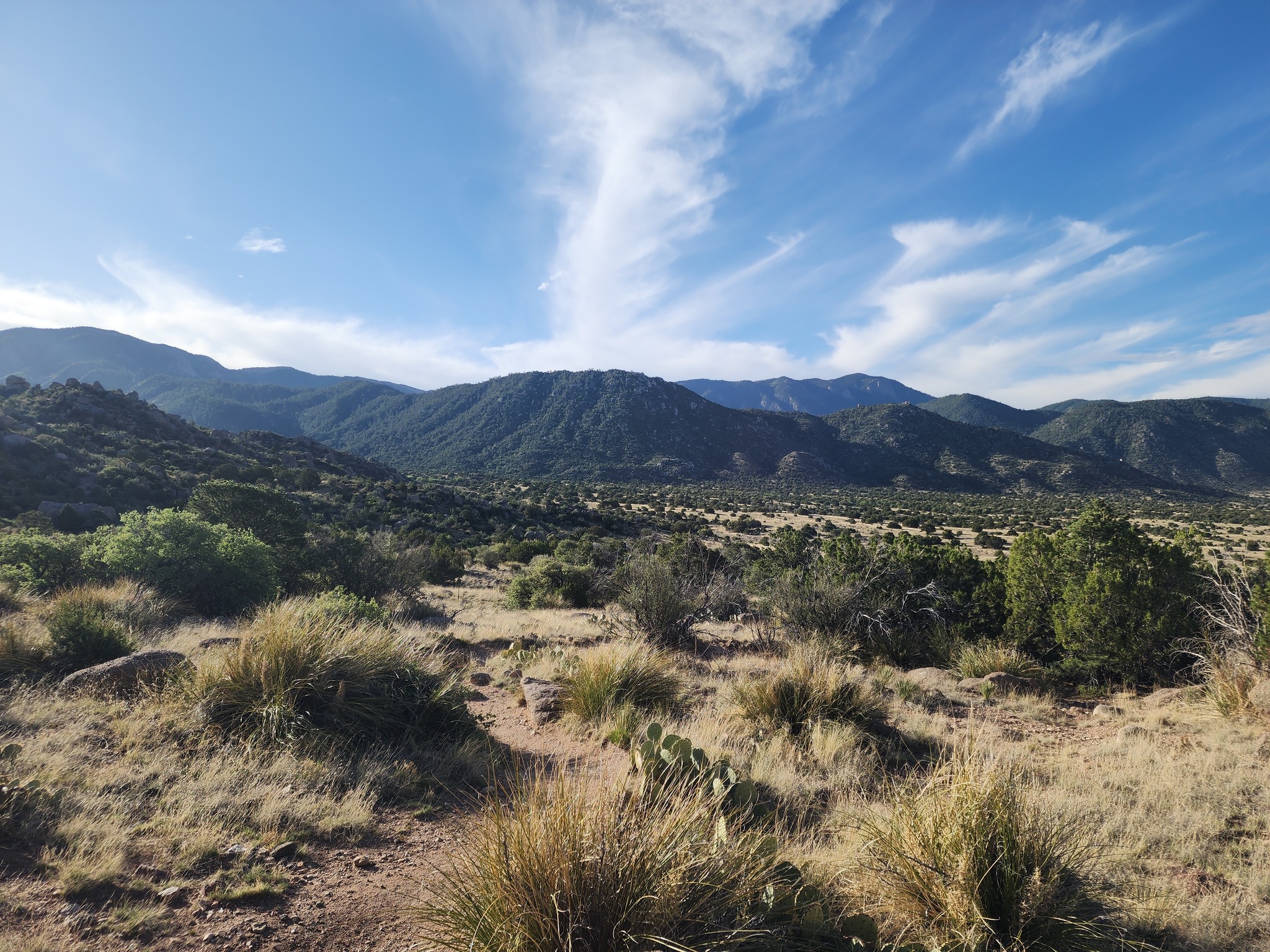
The event supports the Mohonk Preserve, a nature conservation area protecting over 8,000 acres of land.
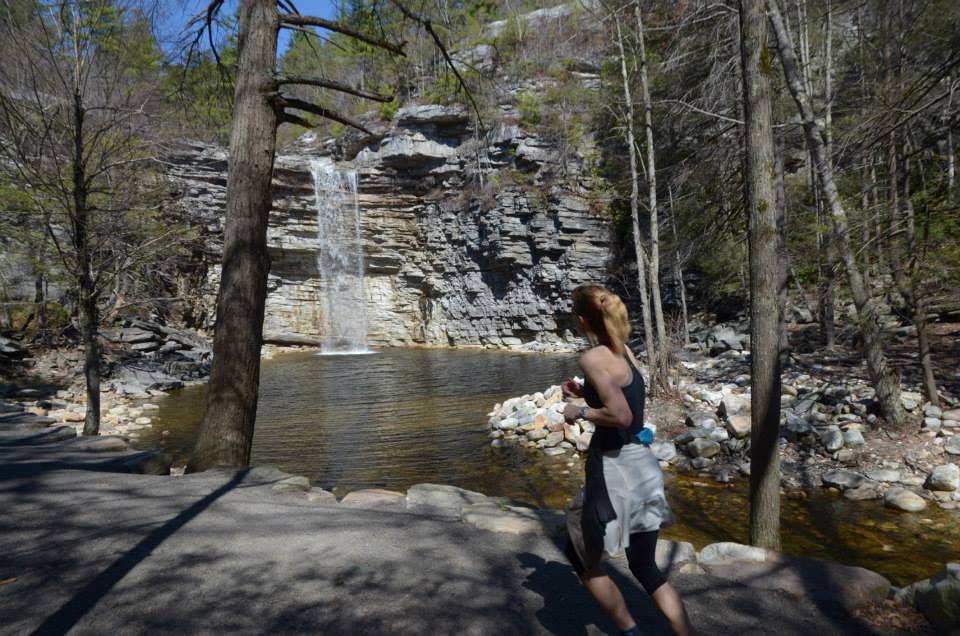
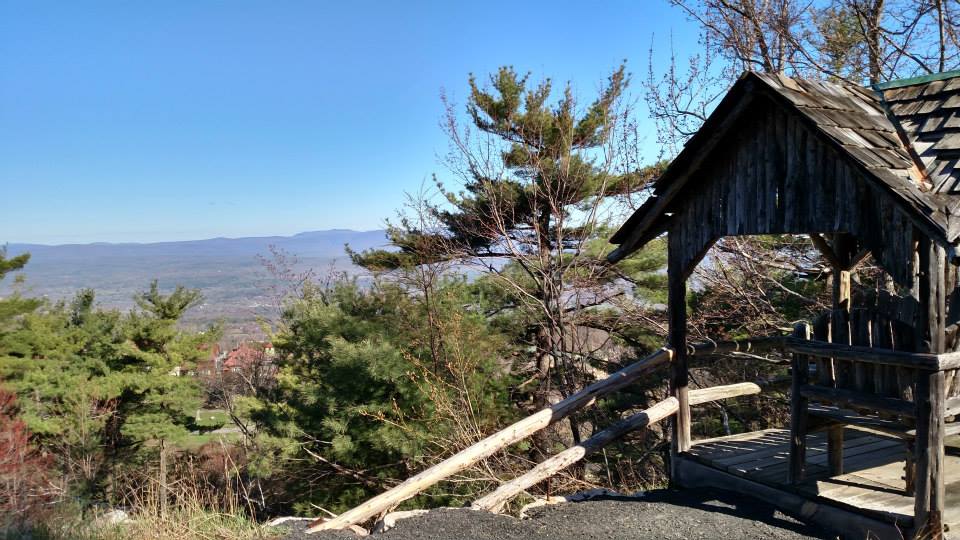
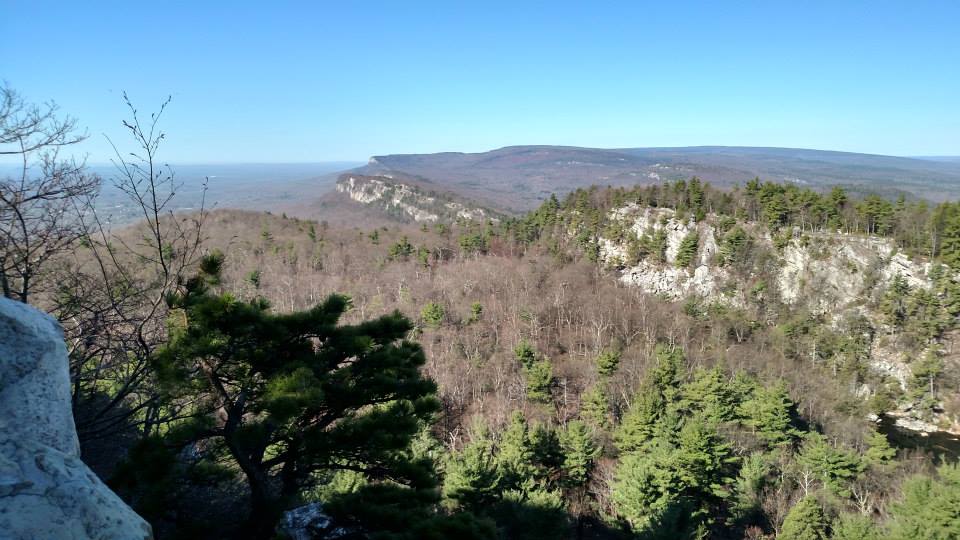
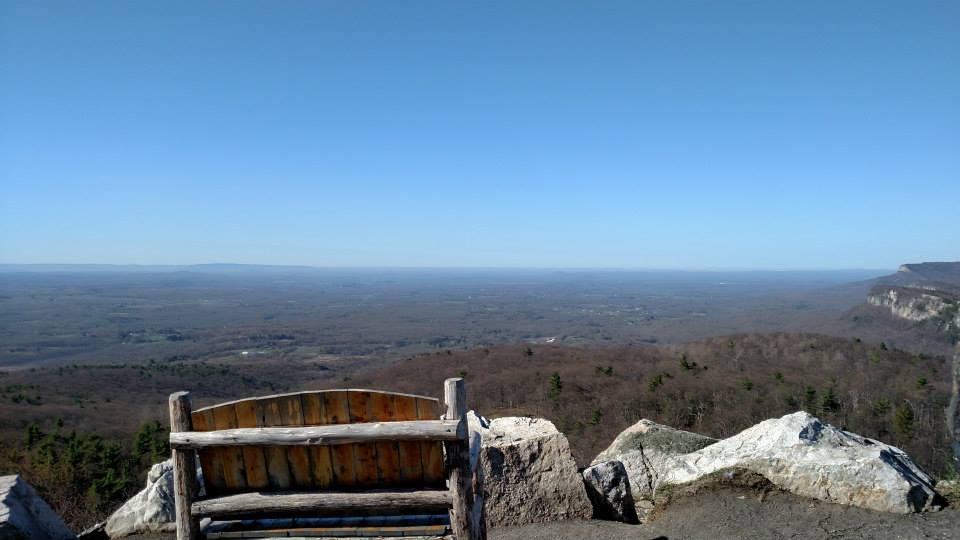
Dog Canyon : The Marcus, Blue Ridge and Bush Mt. trail (17 miles), Indian Meadow Natural Trail, and Lost Peak.
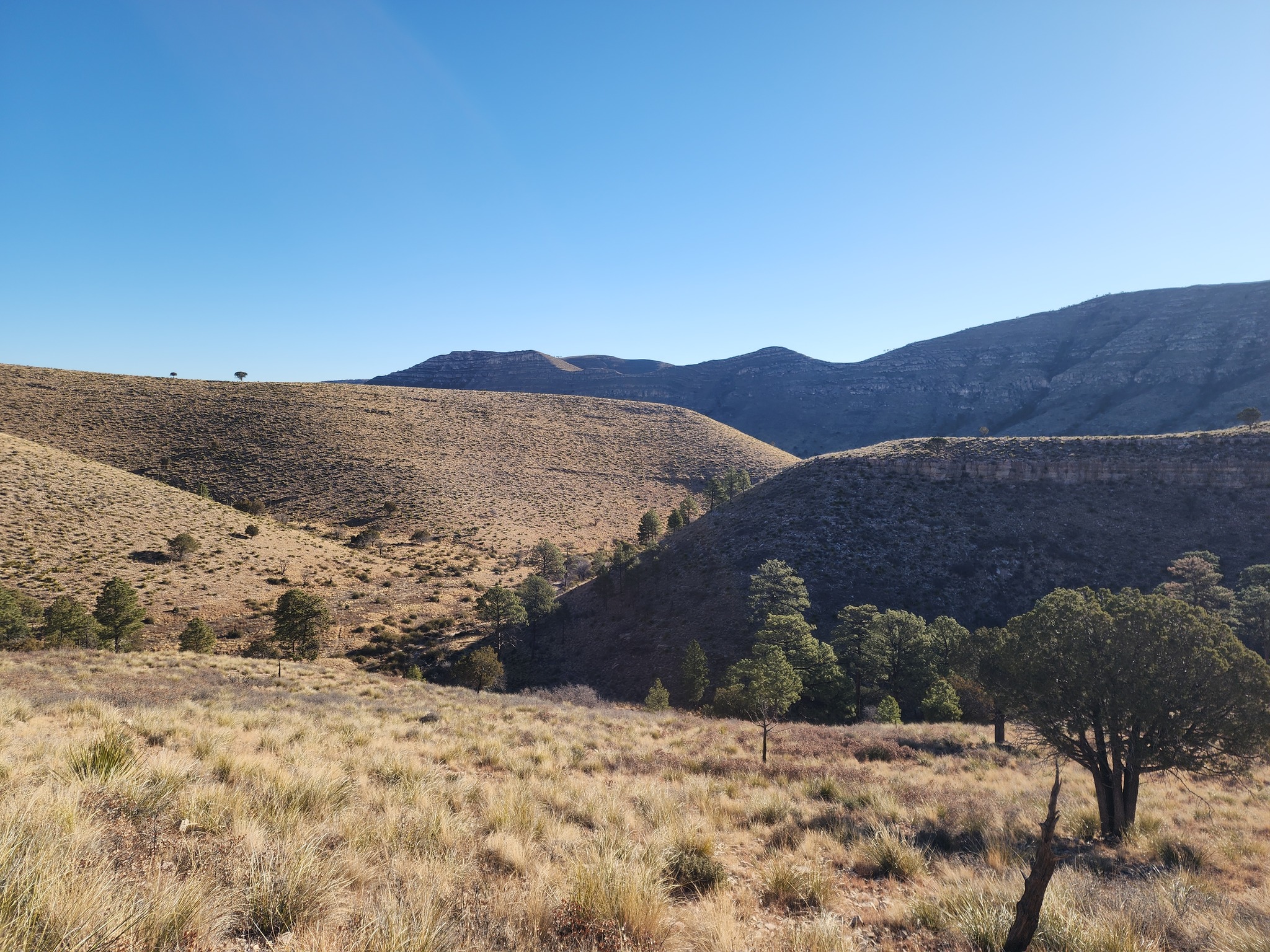
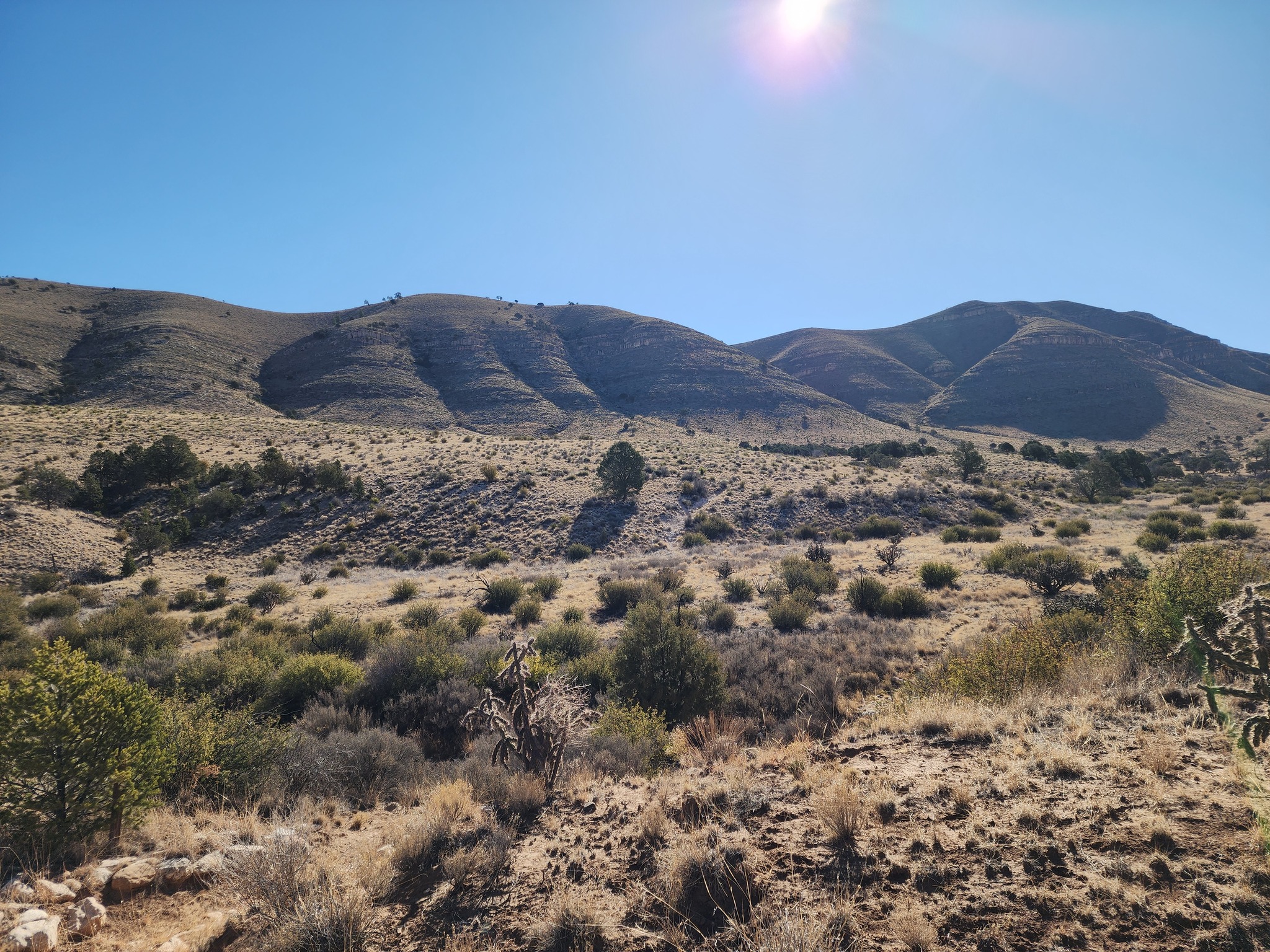
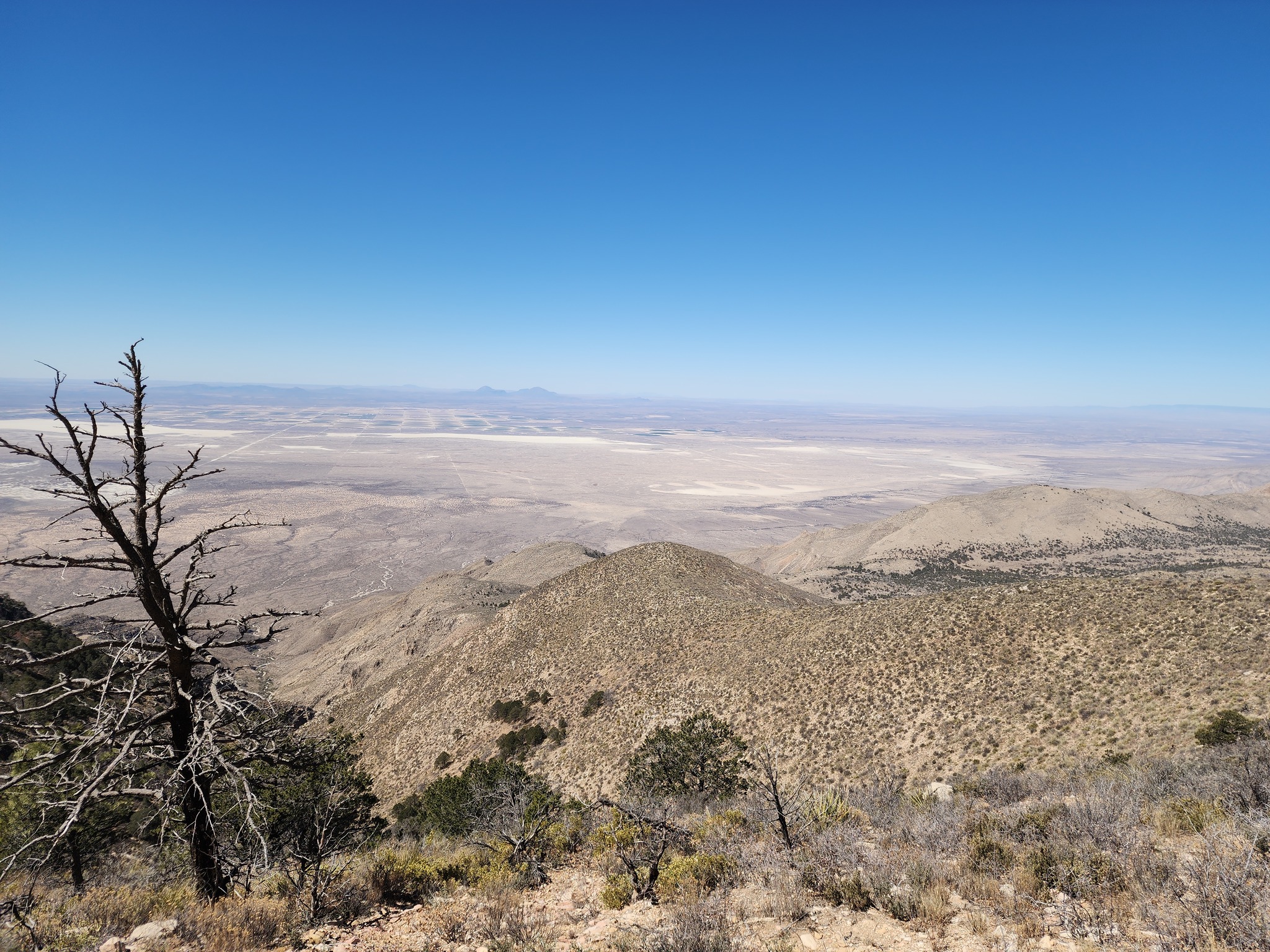
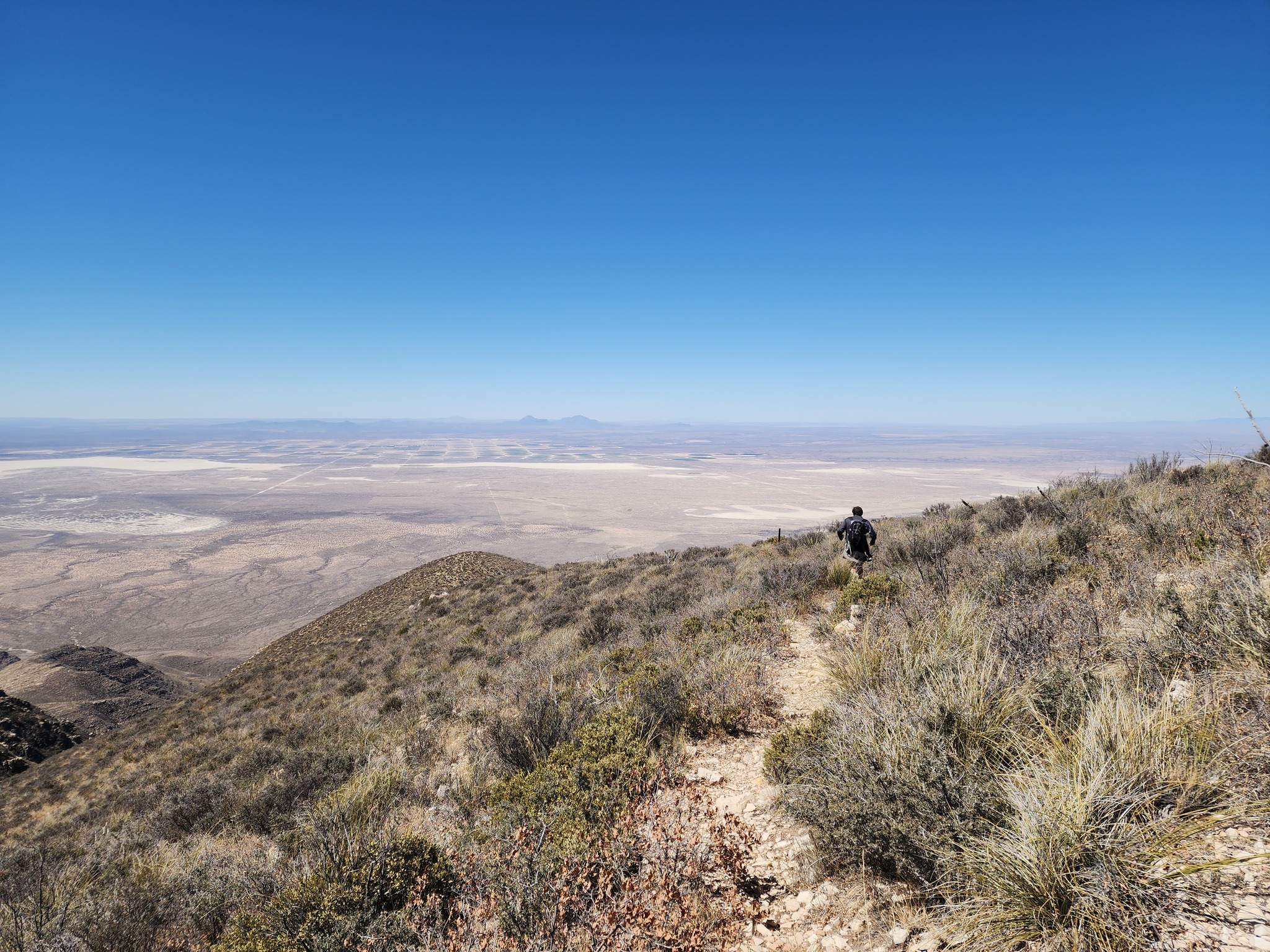
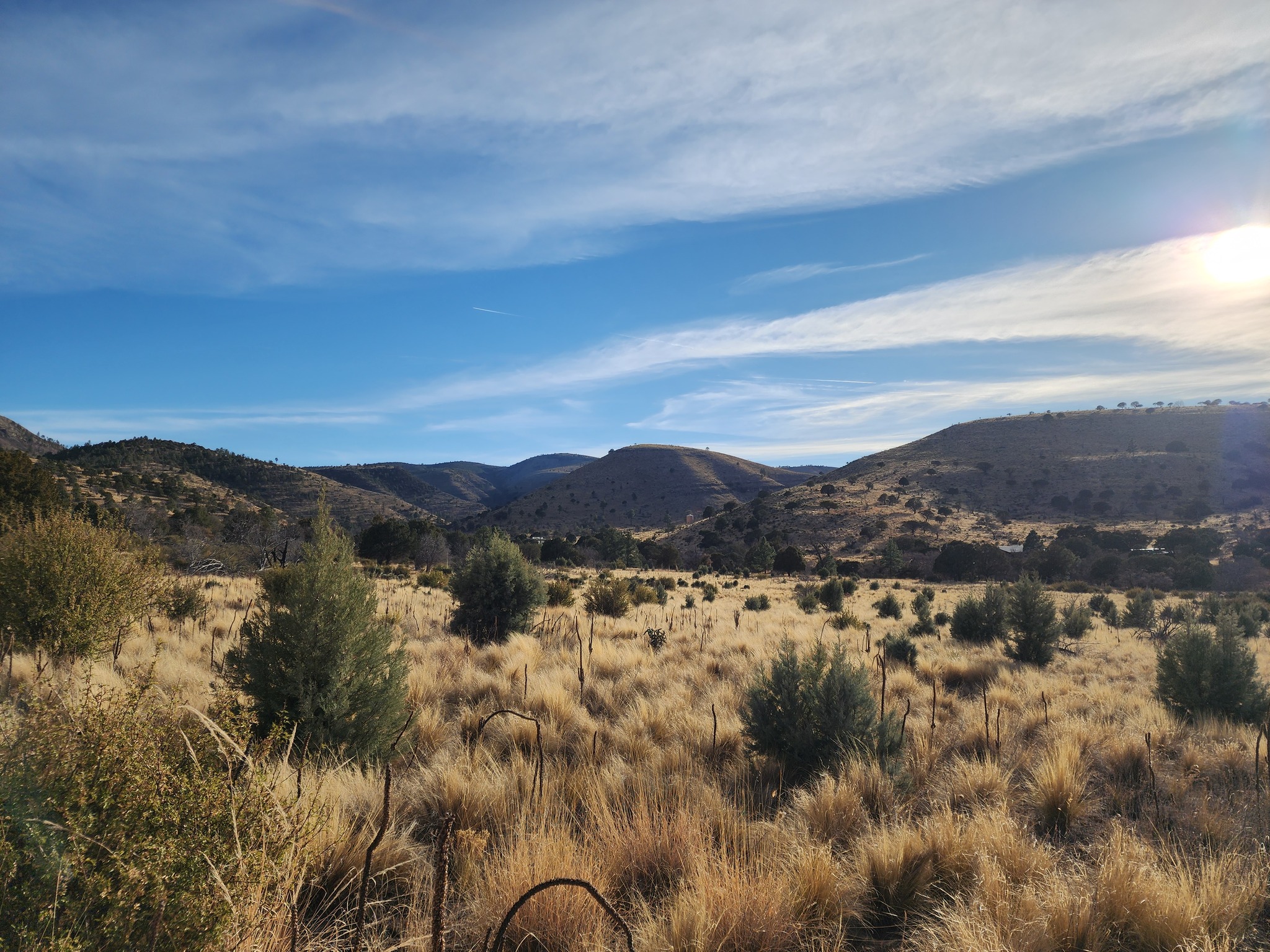
Mt Wheeler, NM : the highest natural point in the U.S. state of New Mexico.
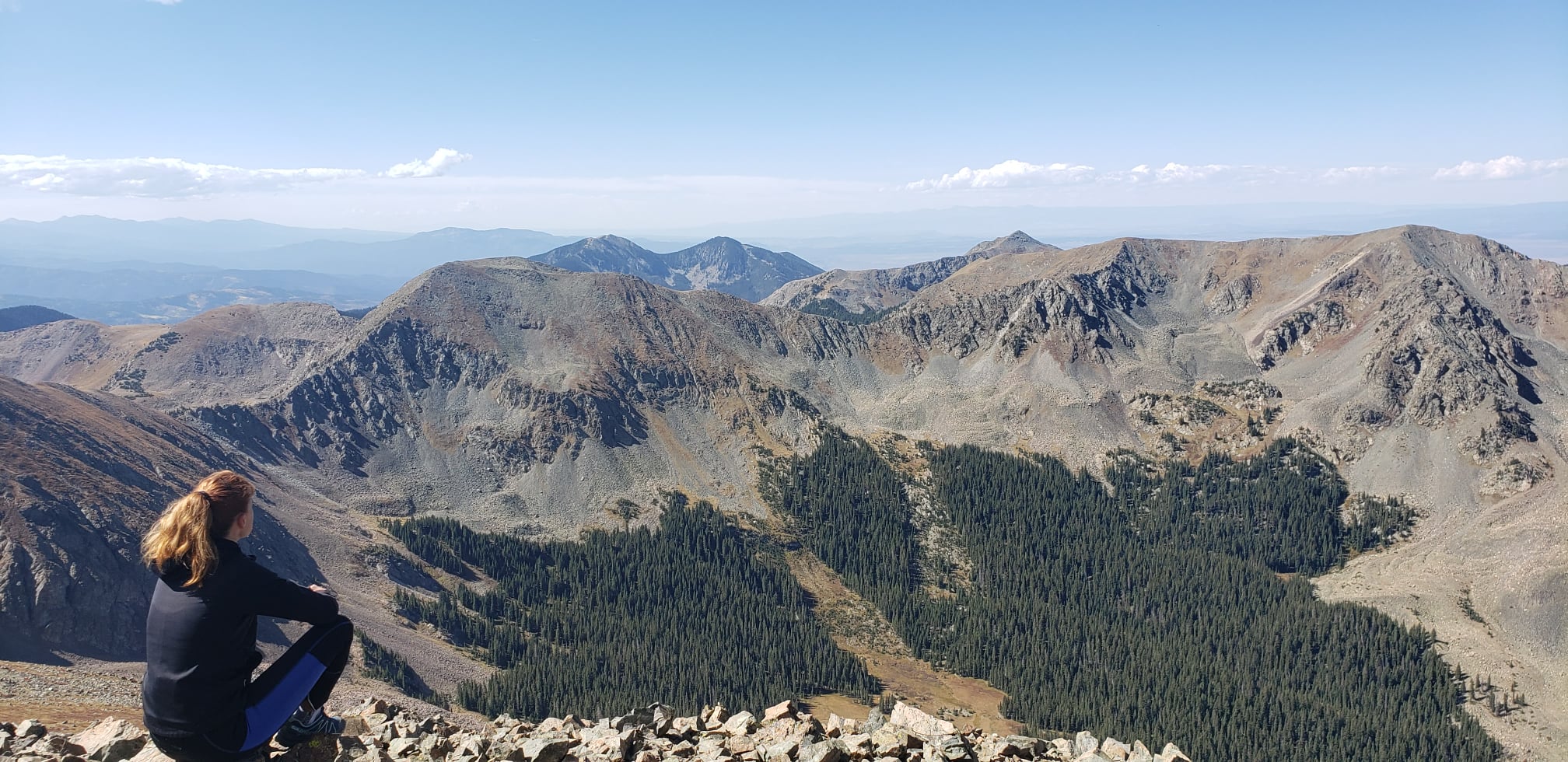
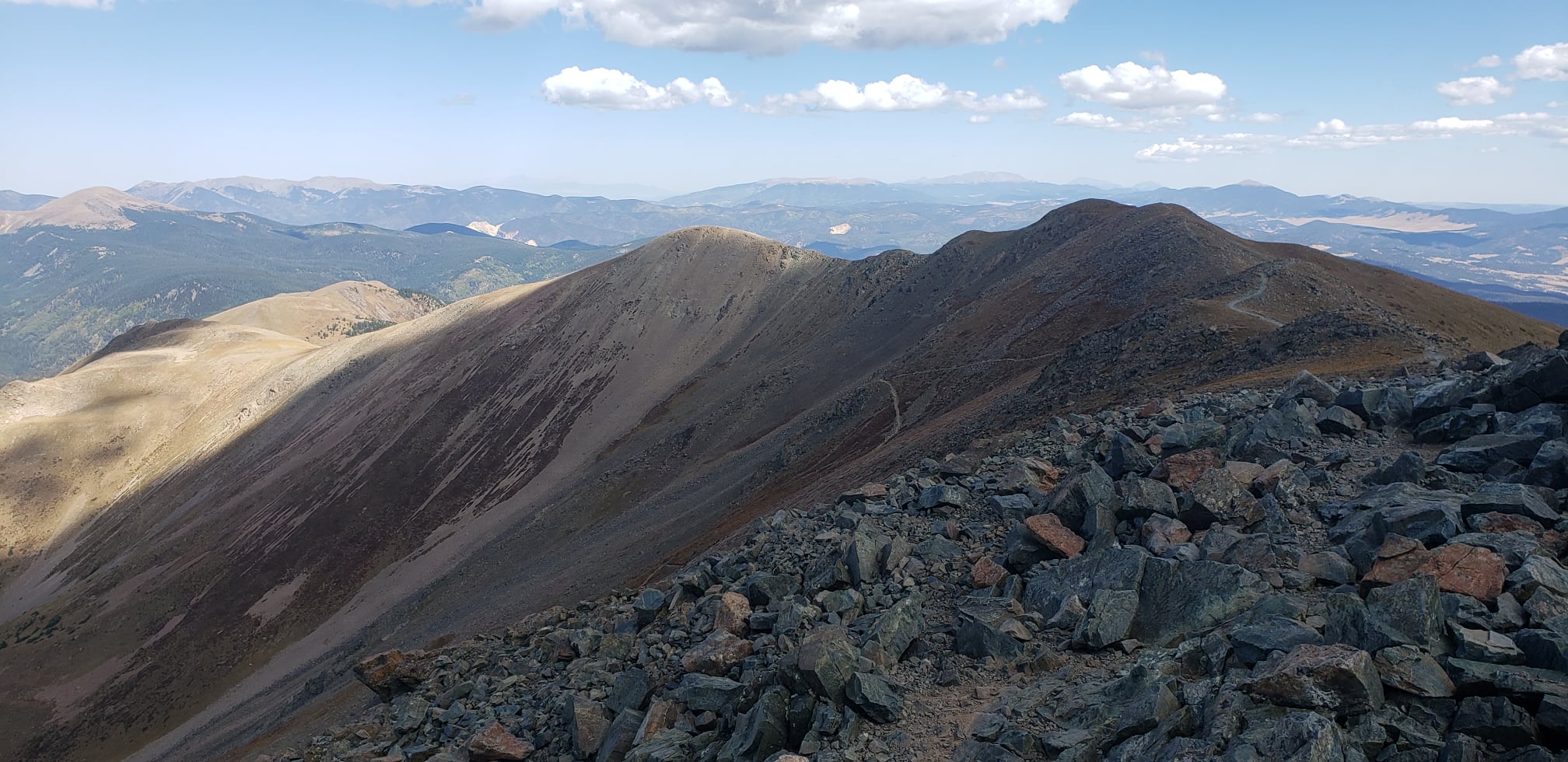
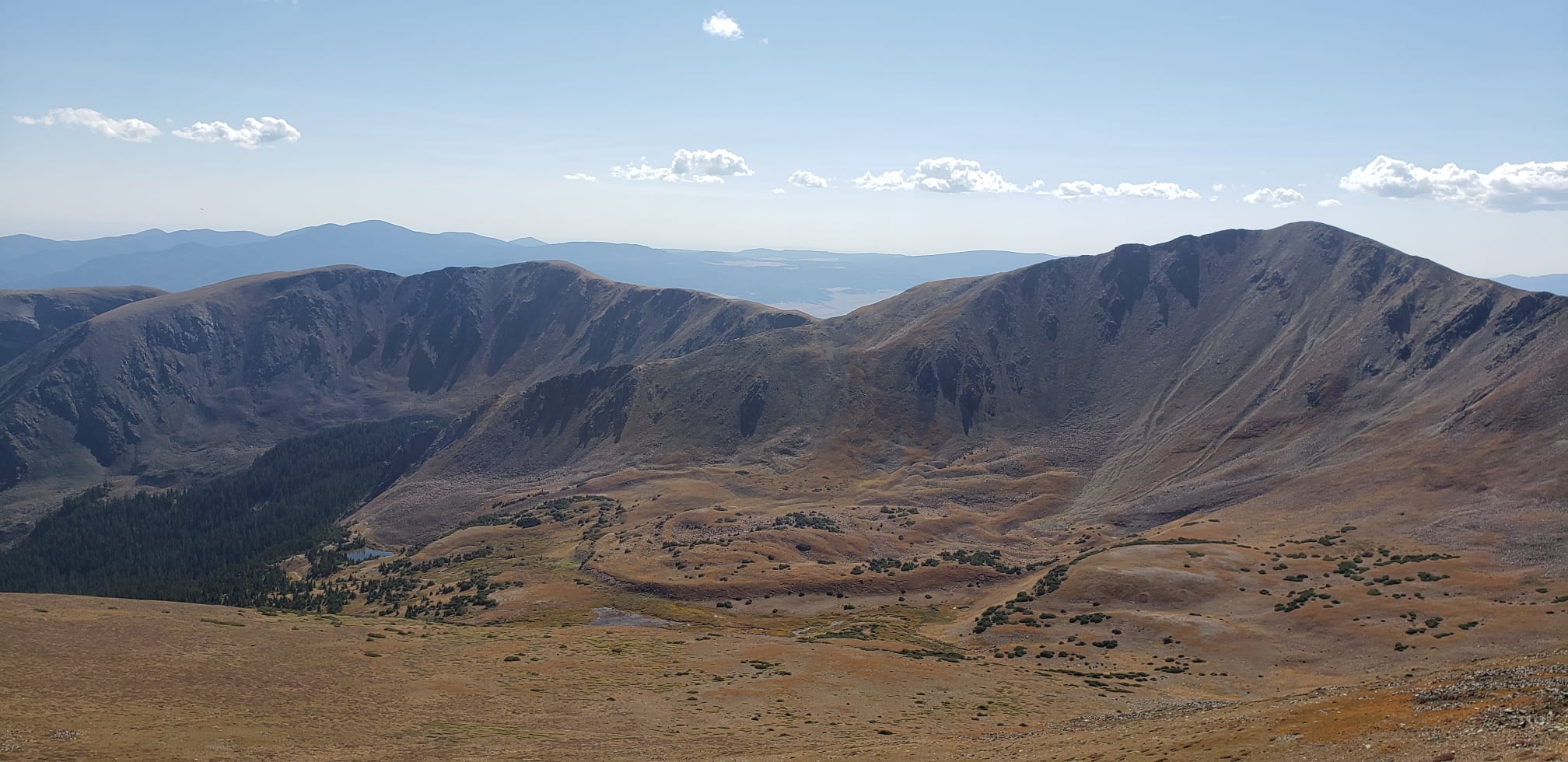
"Never are my senses more engaged than when the pain sets in. There is a magic in misery. Just ask any runner." Dean Karnazes; ultramarathon runner
Contact Information
Email: Lenka.Halamkova@ttu.edu
Department of Environmental Toxicology
Texas Tech University, Lubbock, TX